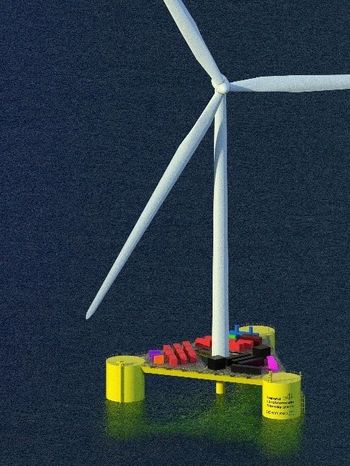Challenges of Power System Operations in Colombia
The Colombian National Interconnected System (SIN) consists of more than 28.000 kilometers of transmission lines operating at different voltage levels ranging from 57.5 kV to 500 kV, delivering electricity to 98% of the population. As is seen in Figure 1, the peak demand of approx. 10 GW in 2021 is mainly covered by hydropower (68%) and fossil fuel-based thermal generation such as coal, oil, and natural gas (31%).

By Victor Meza, Jorge Mola and Carlos Correa
Introduction
This generation mix is about to change within the next four years with the integration of around 9 GW of solar and wind power into the transmission and distribution grid, bringing along a new regulatory framework, market enhancements, strengthening the existing infrastructure and operational changes in the industry. The challenges in the system operation derived from these changes will be discussed next.
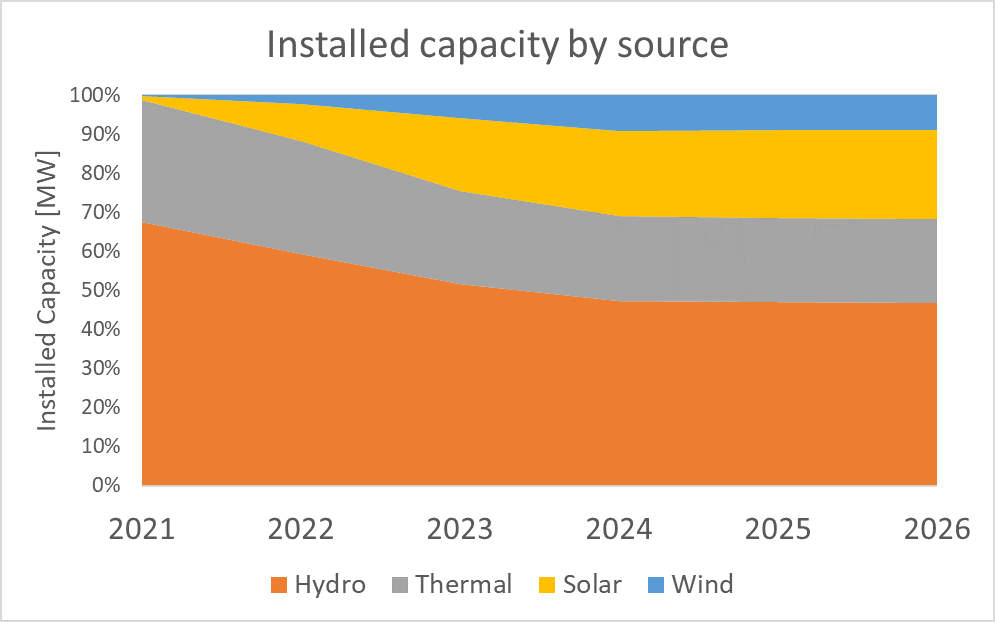
Figure 1 - Installed capacity by source [2021 to 2026] (source: XM S.A. E.S.P)
Energy Transition in the Colombian Context
The ongoing energy transition in Colombia is marked by three main developments: (1) the massive integration of Inverter-Based Resources (IBRs) and distributed energy resources, (2) advanced metering infrastructure deployment and (3) demand-side programs. Figure 2 depicts simulation results for two days in the future with different solar and wind power penetration scenarios in which we can observe possible changes in the load pattern.

Figure 2 - Simulated* generation dispatch in 2022 vs 2025 (source: XM S.A. E.S.P)
Such expected participation of variable IBRs in the economic dispatch will minimize greenhouse gas emissions, but at the same time will increase the reserve requirements to overcome the variability with flexible resources. Since the existing regulatory framework in Colombia is not allowing storage systems or behind-the-meter resources to provide the required flexibility services, hydropower will be the more likely alternative, leading to faster system dynamics and to new inertia requirements. Studies carried out by the system operator show that in scenarios with high penetration of IBRs, there is a need of synthetic inertia to avoid the activation of underfrequency load shedding schemes, as show in Figure 3.
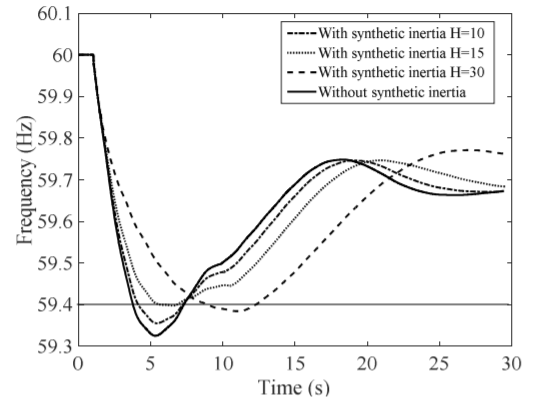
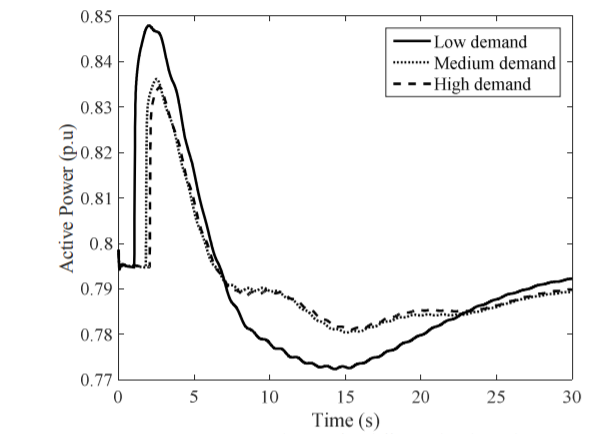
Figure 3 - Frequency recovery and extra active power contribution during events (source: Reference [1])
Digitalization Enables a Greener Future
Altogether with the energy transition, the adoption of newer technologies in the electricity, information and communication infrastructure, are transforming the traditional power system into a more complex cyber-physical system. These later improvements encompass software-defined infrastructure, data analytics and artificial intelligence capabilities, synchro-phasor infrastructure and the development of a new data governance framework that serve as foundation for new tools and applications as summarized in the following table.
| Application | Description |
|---|---|
| Generation and demand forecasting | Historical data from multiple sources are fed into data-driven prediction models to estimate the future behavior of electrical demand and variable energy resources. The resulting time series are used in economic dispatch and real-time decision making at control center. |
| Reserve estimation | Distribution curves of errors associated with the variable and distributed energy resources and demand forecasts are convoluted to compute the required secondary reserve, implemented through an AGC system. |
| Control performance evaluation | Machine learning models are used to evaluate whether the actual generators’ frequency and voltage responses during events are meeting the technical performance requirements. |
| Restoration path planning | Searching and heuristic algorithms are employed to find secure and reliable restoration paths, considering future transmission expansion scenarios. |
| Model validation | Historical data from operation serves as basis for model validation, helping to close the gap between mathematical representations and real-time operation. |
| Oscillation and dynamic monitoring | Oscillation and dynamic monitoring is performed by retrieving PMU data and applying analytics techniques, as is shown in Figure 4. Detected anomalies behaviors are corrected or mitigated by modifying generators’ control settings. |
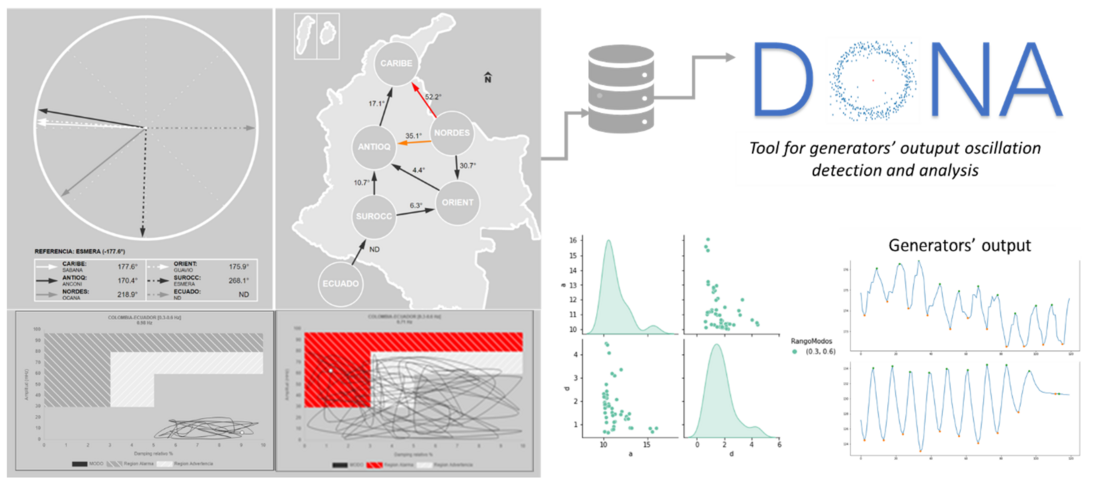
Figure 4 - Oscillation and dynamic monitoring tools (source: XM S.A. E.S.P)
Resiliency and Disaster Response
Resilience is related to the ability to minimize impact and improve timely recovery from high-impact, low-probability (HILP) events such as natural disasters, cyber-attacks, extreme weather conditions, or terrorism [2]. In the Colombian context, the following resilience capabilities have been evaluated and progressively improved considering credible resilience threats:
- Supply Resilience: A hydro-dominant energy matrix increases the system vulnerability to climate change and extreme weather phenomena such as El Niño (extreme dry season) or La Niña (excess water contribution). Non-conventional renewable resources can be keystone to deal with the impact of dry season on the system operation, when the level of the water basins decreases.
- Situational Awareness: In case of SCADA system unavailability, the wide area monitoring system can provide partial observability for performing voltage and frequency control.
- Business Resilience: System operator has a backup control center able to assume main operational functions if necessary. During the Covid-19 pandemic, the main and backup control centers scheme allowed to ensure physical distancing and other preventive measures. Additionally, the existing business continuity plan includes backup plans for all the operational critical processes making use of additional infrastructure or cloud-based solutions in case of worst-case scenarios.
- Transmission Resilience: The existing methodology to determine and evaluate the HILP events is based on successive simulations of outages to identify vulnerabilities in the transmission network.
- Event Response and Recovery: System operators are periodically being training using the Operator Training Simulator. One of the goals here is to train the operators to respond according to predefined restoration plans. Recently, microgrids with islanded operation capabilities emerge as a new alternative to be considered during the restoration process.
- Cyber-security Resilience: The Colombian system operator has set up a security operations center responsible for monitoring, preventing, detecting, analyzing and responding against cyber-security threats in the power system (Figure 5).
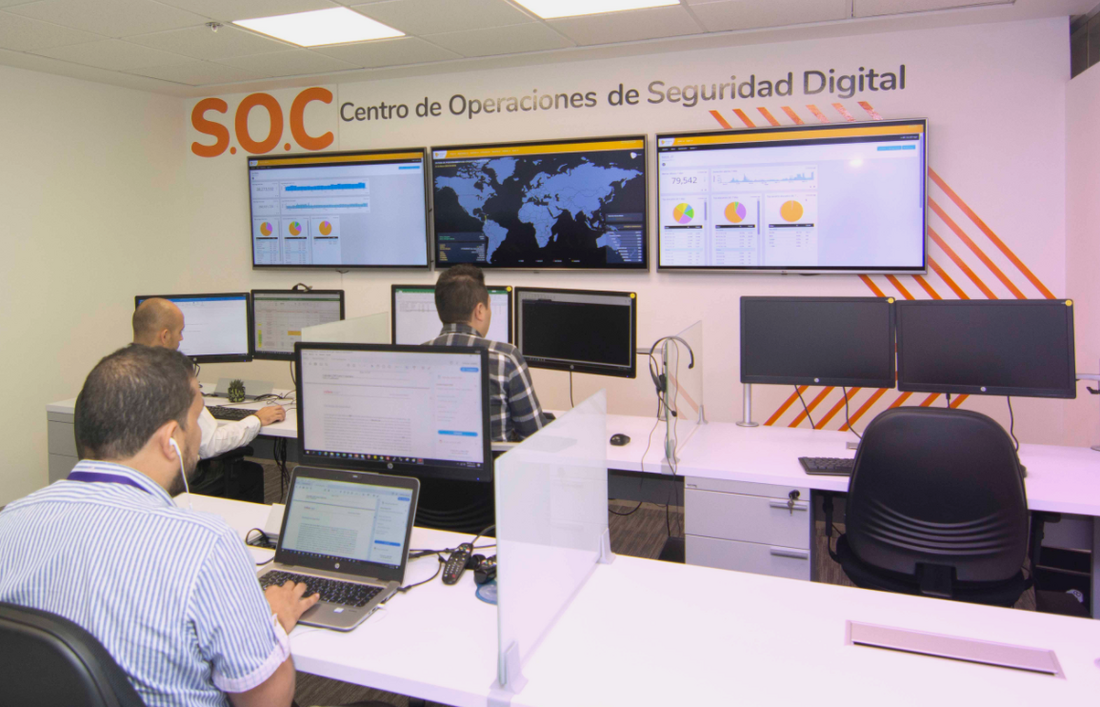
Figure 5 - Colombian security operations center (source: XM S.A. E.S.P)
Flexibility
With higher variability and uncertainty due to the renewable energy resources, conventional generation must be flexible enough to adjust its production so that the energy and power ramps are adequate to ensure balanced operation at all time.
The above sets the importance of studying, measuring and improving the system’s flexibility, which is understood as the system’s ability to react to different changes of generation and demand, in all scales and time horizons. For this analysis the study is divided in four categories [3]:
- Energy: Study of the energetic sufficiency of the system in future scenarios, considering demand growth and changes in the generation park.
- Power: Study of the balance between generation and demand in the short term, considering the integration of variable energy resources with their intermittences.
- Transfer capacity: Study of the network capacity to deliver the energy to the consumer.
- Voltage: Study of the system’s capacity to maintain the voltages in allowed ranges in future scenarios, considering the demand growth and changes in the generation park.
With the flexibility study for the Colombian power system the aim is to be able to answer the following questions:
- Will the system be able to satisfy the demand peak, avoiding load curtailment?
- Will the system at all time have the power ramps needed after variable IBR integration?
- Does the system have enough storage capabilities?
- Will the system be able to provide the ancillary services needed to ensure the security, reliability and economy of operation?
For all the above, a methodology was developed to tackle the four categories of flexibility in a structured and well-articulated way. The general procedure is shown in Figure 6.
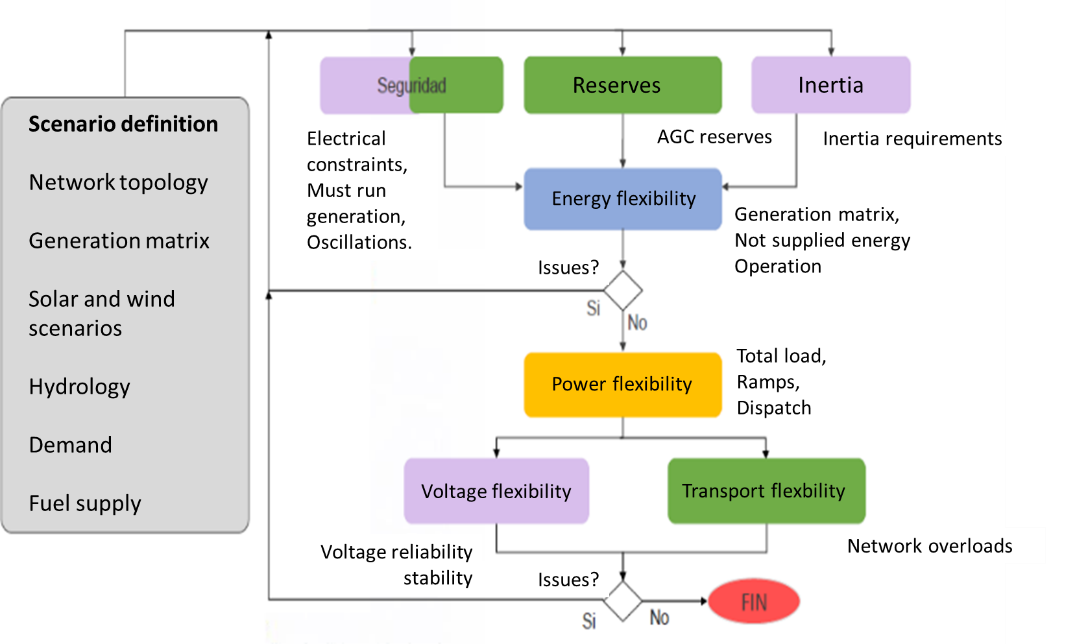
Figure 6 - XM methodology to study the flexibility of the Colombian system (source: XM S.A. E.S.P)
This methodology was applied to assess the Colombian system flexibility for the 2021-2022 and 2024-2025 periods in face of historic scenarios of El Niño, La Niña and an average scenario. The study concluded that considering the expected variable IBR penetration, the Colombian electrical system can operate safely, while respecting the security and reliability constraints established in the current regulation.
Conclusions
The Colombian energy transition is centered around large and small-scale wind and solar power integration that will increase the requirements of flexibility services, inertia and grid expansion at transmission and distribution levels, but also that will make the generation mix even greener. A lot of effort has been made to build resilience capabilities in this context, but more actions will be needed in face of a net-zero emission network.
On the other hand, new technologies such as battery storage systems and distributed flexible alternating current technologies are planned to be installed in the grid as alternatives to maximize the grid’s transfer capacity. Finally, emerging information and communication technologies have been employed to develop practical applications aiming at improving the security and reliability of the power system based on massive datasets from the multiple operational databases. In this regard, a dedicated security operations center for cyber-resilience was established.
References
- S. Hincapié, N. J. Castrillón and J. C. González, "Study of the Implementation of Synthetic Inertia in Wind Turbines and its Impact in the Colombian," 2018 IEEE PES Transmission & Distribution Conference and Exhibition - Latin America (T&D-LA), Lima, Peru, 2018, pp. 1-5. doi: 10.1109/TDC-LA.2018.8511720
- M. Panteli and P. Mancarella, “Modeling and evaluating the resilience of critical electrical power infrastructure to extreme weather events,” IEEE Syst. J., vol. 11, no. 3, pp. 1733–1742, Sep. 2017.
- Emil Hillberg et al Flexibility needs in the future power system ISGAN. Mar. 2019.
Banner & Thumbnail credit: paweldotio on Unsplash
